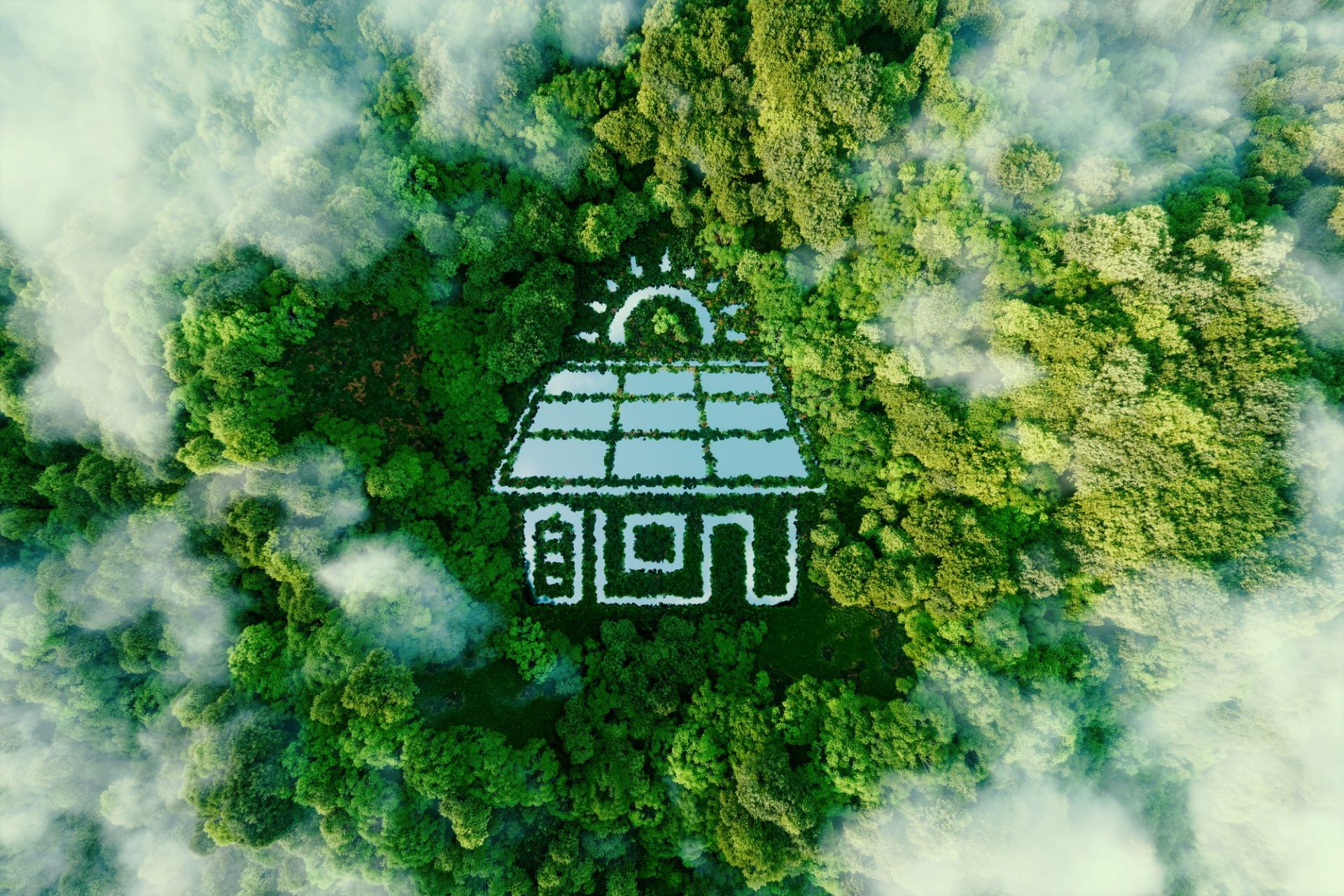Swiss Energy Strategy 2050 aims to shift to cleaner, sustainable energy sources, reducing reliance on fossil fuels. It prioritizes environmental health, cost savings, and securing a resilient, future-proof energy system.

Accessible and cost-effective production of renewable power, underscored by sustainability, defines clean energy. This entails responsibly and economically utilizing sources such as hydropower and solar energy to meet energy requirements.

In Switzerland’s forward-looking approach to mobility, sustainable technologies, smart infrastructure, and innovative transportation solutions converge to foster efficiency, environmental consciousness, and the development of a connected, accessible transportation ecosystem for all.

Sustainable cities exemplify an ideal fusion of innovation and environmental consciousness, emphasizing eco-friendly practices, efficient urban planning, and community well-being, setting a global benchmark for sustainable living.

Switzerland takes the lead in reducing greenhouse gas emissions, showcasing a dedicated stance against climate change. Employing innovative policies and embracing sustainable practices, the nation endeavors to shape a future that is both greener and more resilient.
Switzerland aspires to establish a Net-Zero energy system, leading the way in innovative solutions for sustainable power generation and consumption. With a dedicated commitment to diminishing carbon footprints, the nation is actively working towards a more environmentally friendly future.
By incorporating these actions into our daily lives, we all can play a crucial role in collectively working towards the goal of achieving net zero.
Opt for energy-efficient appliances and lighting.
Insulate homes to reduce energy consumption for heating and cooling.
Choose renewable energy options for electricity, such as solar or wind power.
Support and invest in community-based renewable energy projects.
Use public transportation, carpool, bike, or walk instead of relying solely on personal cars.
Consider electric or hybrid vehicles for a lower carbon footprint.
Practice mindful consumption by buying only what is needed.
Choose products with minimal packaging and those made from sustainable materials.
Recycle and compost to reduce landfill waste.
Minimize single-use plastics and adopt reusable alternatives.
Participate in tree-planting initiatives.
Support or volunteer for local environmental organizations that focus on conservation.
Stay informed about climate change issues.
Advocate for sustainable policies and practices at the community and national levels.
Support local farmers and choose sustainably sourced food.
Reduce meat consumption or choose plant-based options.
Conserve water at home by fixing leaks and using water-efficient appliances.
Be mindful of water usage in daily activities.
Join or support local and national climate action groups.
Participate in community projects that promote sustainability and environmental conservation.
Consider supporting carbon offset initiatives to balance out personal carbon emissions.
Invest in sustainable and socially responsible funds. Support businesses that prioritize environmentally friendly practices.
Educate others about the importance of reducing carbon emissions and achieving net-zero.
Encourage friends and family to adopt sustainable practices.
Demystifying the Energy Transition: Answers to Your Top Questions on Shaping a Sustainable Energy Future
Switzerland aims to transition to a sustainable, net zero energy system, emphasizing increased use of renewable energy sources, improved energy efficiency, and reduced environmental impact.
Switzerland is investing in projects, the grid, and storage assets, offering financial incentives, and implementing policies to accelerate the adoption of renewable energy sources.
You may see greater energy efficiency, increased use of electric vehicles, and potentially changes in energy pricing structures, with a focus on sustainability and reduced environmental impact.
The transition to a renewable energy system will not necessarily lead to increased energy costs, as the current expenses in fossil energy carriers could be diverted towards local energy conversion devices such as Photovoltaics (PV) modules.
Innovation is crucial, driving advancements in clean energy technologies, smart grids, and energy storage solutions, positioning Switzerland as a leader in sustainable energy practices.
Switzerland maintains a diverse energy mix, strategic reserves, and collaborates with neighboring countries, ensuring a reliable and resilient energy supply while transitioning to a more sustainable and climate-neutral system.
Introducing an exciting collaboration of leading Swiss institutions: including ETH Zurich, EPFL, PSI, Empa and the Swiss Museum of Transport, to inform and engage with you on Swiss Energy Strategy 2050. Discover our research towards a Net-Zero energy system. Join us today!